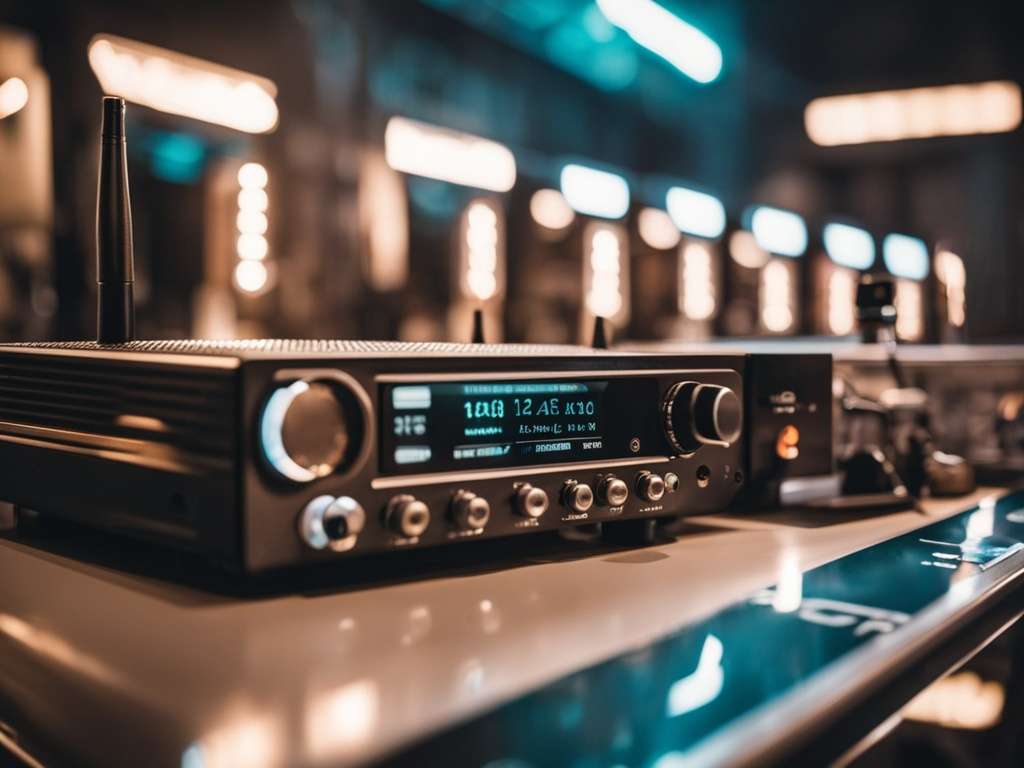What is a "Fm Signal"? The Most Authoritative Explanation.
What is the frequency of an FM signal?
The circuit generates frequency in the VHF band i.e. 88 to 108MHZ. There are two important components to form an FM signal, the first is the carrier frequency, and the second is the audio frequency to modulate the carrier frequency.How to create an FM signal?
Creating an FM Signal: There are two important components to form a FM signal, first is carrier frequency, and second is audio frequency to modulate the carrier frequency. We will get FM signal by varying the carrier frequency by allowing the AF. The transistor of FM consist an oscillator to form the RF signal.What are the components of an FM signal?
There are two important components to form an FM signal, the first is the carrier frequency, and the second is the audio frequency to modulate the carrier frequency. We will get an FM signal by varying the carrier frequency by allowing the AF. The transistor of FM consists of an oscillator to form the RF signal.What is FM deviation and how does it work?
An FM transmission consists of a wave who’s frequency is modulated, or changed, with respect to an input signal. If the input signal frequency changes, so does the carrier frequency. The modulating signal affects the FM deviation. The total deviation is a function of the modulating signal’s frequency and amplitude.Related Articles
What is the radio frequency band?2 Major Categories of Signals: Analog Signals vs. Digital Signals















